Optimal Timing for Storm Restorations
Storm restorations are most effective when performed promptly after storm events to minimize further damage and prevent structural issues. The optimal timing depends on weather patterns, with late summer and early fall often being ideal periods due to the higher frequency of storms in many regions. Conducting restorations during dry seasons ensures better access and safer working conditions, leading to more durable repairs.
Late summer and early fall typically see increased storm activity, making this a strategic time for restorations. Planning during these periods can help address damages before winter storms arrive.
Performing restorations in dry weather reduces delays caused by rain or snow, ensuring repairs are completed efficiently and effectively.
Understanding local storm season peaks helps schedule restorations for when damage likelihood is highest, enabling timely intervention.
Restoring damages before winter months prevents further deterioration caused by harsh weather conditions.
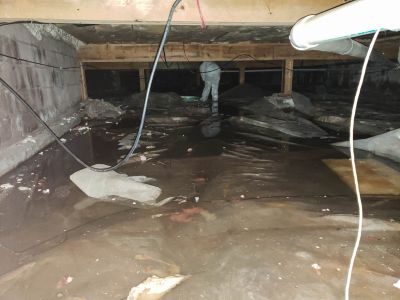
Ways to make Storm Restorations work in tight or awkward layouts.
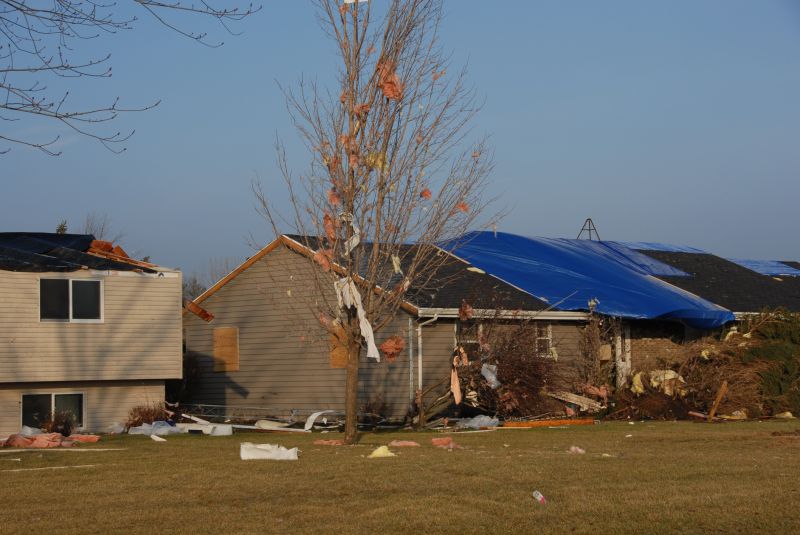
Popular materials for Storm Restorations and why they hold up over time.
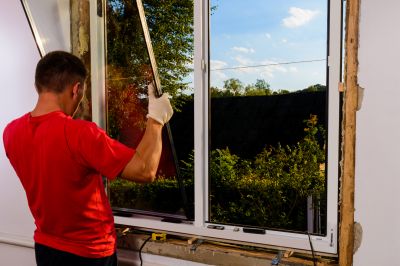
Simple add-ons that improve Storm Restorations without blowing the budget.

High-end options that actually feel worth it for Storm Restorations.
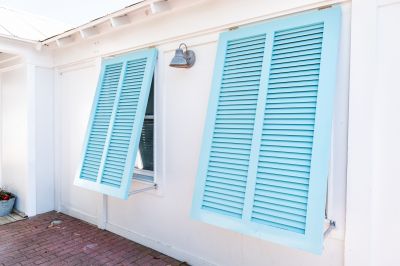
Finishes and colors that play nicely with Storm Restorations.

Little measurements that prevent headaches on Storm Restorations day.
Storm restorations involve repairing or replacing damaged structures caused by severe weather events. These repairs can include roof repairs, siding replacement, window boarding, and structural reinforcements. Timely restoration not only restores property integrity but also prevents secondary issues such as water intrusion, mold growth, and further structural deterioration. Properly scheduled restorations can also help property owners avoid higher costs associated with delayed repairs and extensive damage.
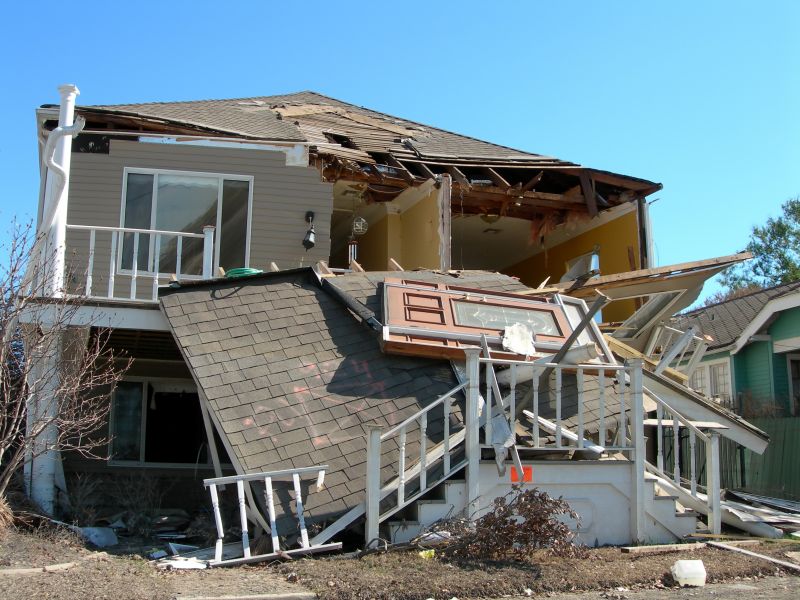
A 60-second routine that keeps Storm Restorations looking new.
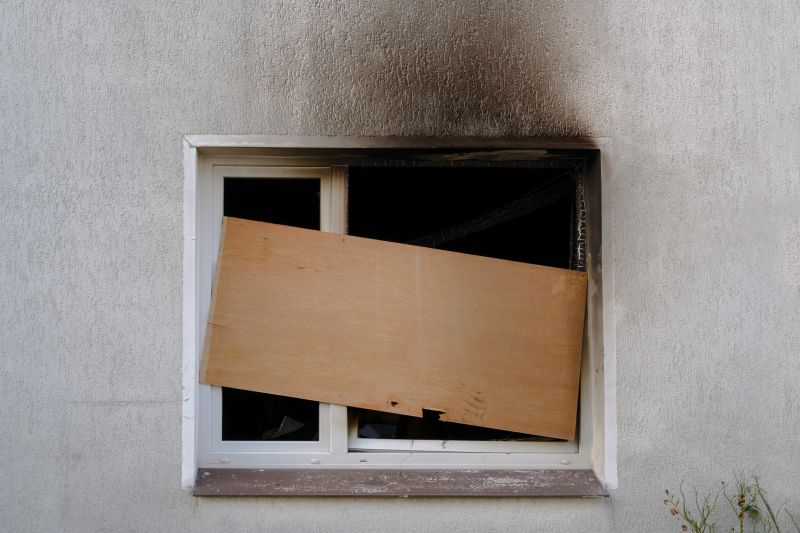
A frequent mistake in Storm Restorations and how to dodge it.

Small tweaks to make Storm Restorations safer and easier to use.

Lower-waste or water-saving choices for Storm Restorations.
| Aspect | Details |
|---|---|
| Peak Storm Season | Late summer to early fall in many regions |
| Weather Conditions | Dry weather preferred for safety and quality |
| Property Type | Residential and commercial structures |
| Damage Urgency | Immediate repairs reduce secondary damages |
| Preparation Time | Schedule restorations before winter or rainy seasons |
| Inspection Timing | Post-storm inspections facilitate timely repairs |
| Cost Efficiency | Early repairs can reduce overall expenses |
| Regional Variations | Dependent on local climate and storm patterns |
Additional Storm Restorations Images

The short, realistic tool list for quality Storm Restorations.
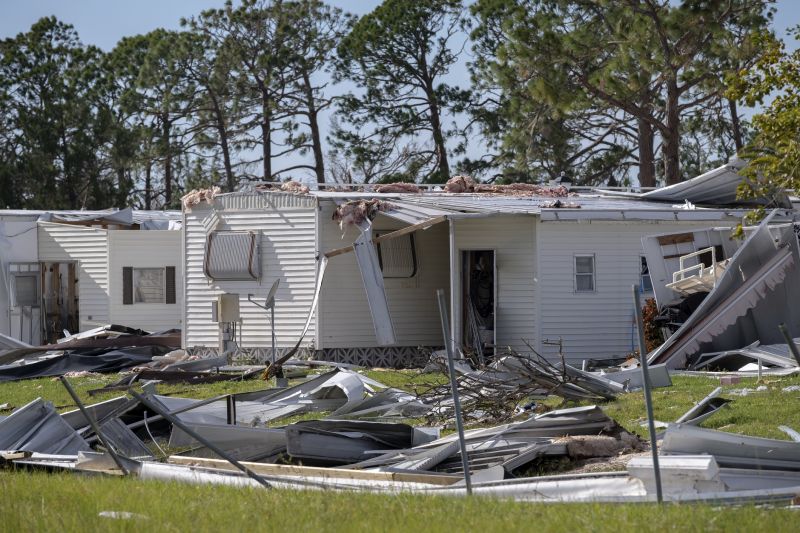
Rough timing from prep to clean-up for Storm Restorations.

Quick checks and paperwork to keep after Storm Restorations.
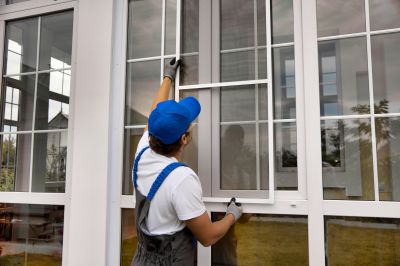
Examples that show the impact a good Storm Restorations can make.
Interested property owners can contact for more information about storm restoration services and scheduling. Proper timing and prompt action are essential to ensuring property resilience and safety after storm events.

